Top 5 Biggest Whales in the Ocean
Learn more about the whales that are the giants of the sea
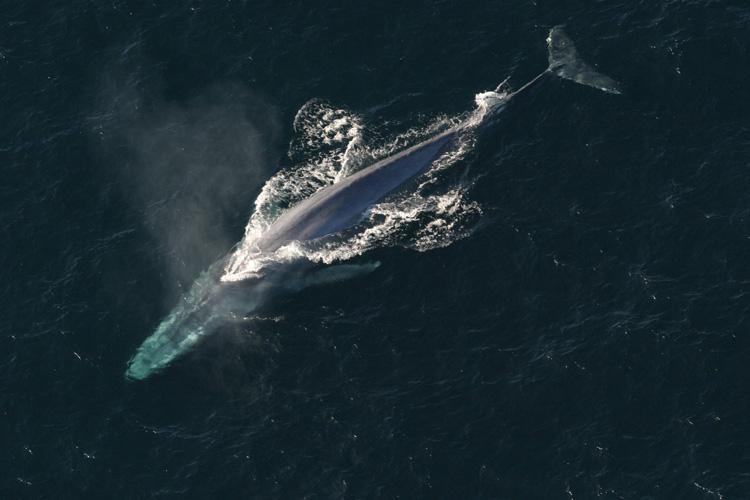
It’s hard to fully comprehend just how BIG whales are—until you see them with your very own eyes. Someone can tell you a humpback whale is bigger than a school bus, but I don’t think that fully conveys the immensity. That is why I LOVE museums. While working for a few years in New Bedford, Massachusetts, I was a frequent visitor to the New Bedford Whaling Museum. I would sneak over there on my lunch break to wander around and learn all I could about whales. I can still remember feeling very, very small standing underneath the blue whale skeleton, Kobo, on display high above. The whale spanned the length of the room—it was huge!
Get Ocean Updates in Your Inbox
Sign up with your email and never miss an update.
Everything seems bigger in the ocean! But why?
There is a maximum weight relative to an animal’s volume above which its legs would collapse and life on land would be impossible. Water’s buoyancy counteracts the gravitational pull on the body, so aquatic animals can grow larger than land animals.
Here are the top five biggest whales in the ocean. Let’s count them down.
5. Bowhead Whale (59 feet)

Bowhead whales live in the icy Arctic and subarctic waters. The bowhead is the fifth largest whale in the ocean, reaching up to 60 feet in length. Bowhead whales are among the heaviest animals on Earth—weighing 75-100 tons. The only whale that weighs more is the blue whale. Bowhead whales are big, heavy and long-lived! Rounding out their impressive traits, bowhead whales are among the longest-living animals in the entire world, with some scientists estimating maximum lifespans of up to 200 years.
4. North Atlantic Right Whale (60 feet)
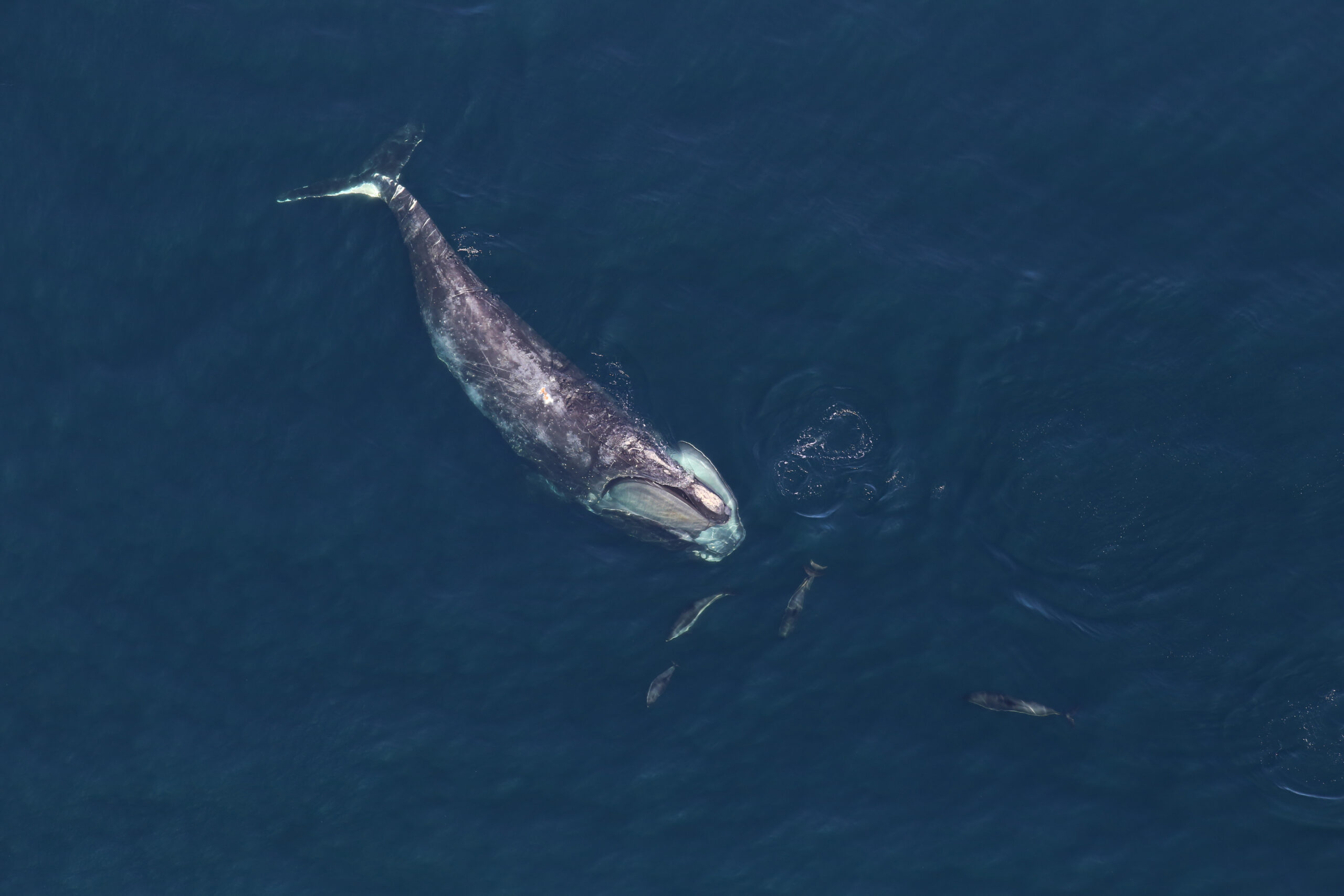
The North Atlantic right whale represents the most critically endangered populations of large whales in the world. Currently, North Atlantic right whale populations are estimated to be fewer than 440 individuals. North Atlantic right whales can grow between 45 and 60 feet and weigh up to 70 tons. They have long arching mouths that begins above the eye and rows of baleen plates hanging on each side of their upper jaws.
3. Sperm Whale (60 feet)
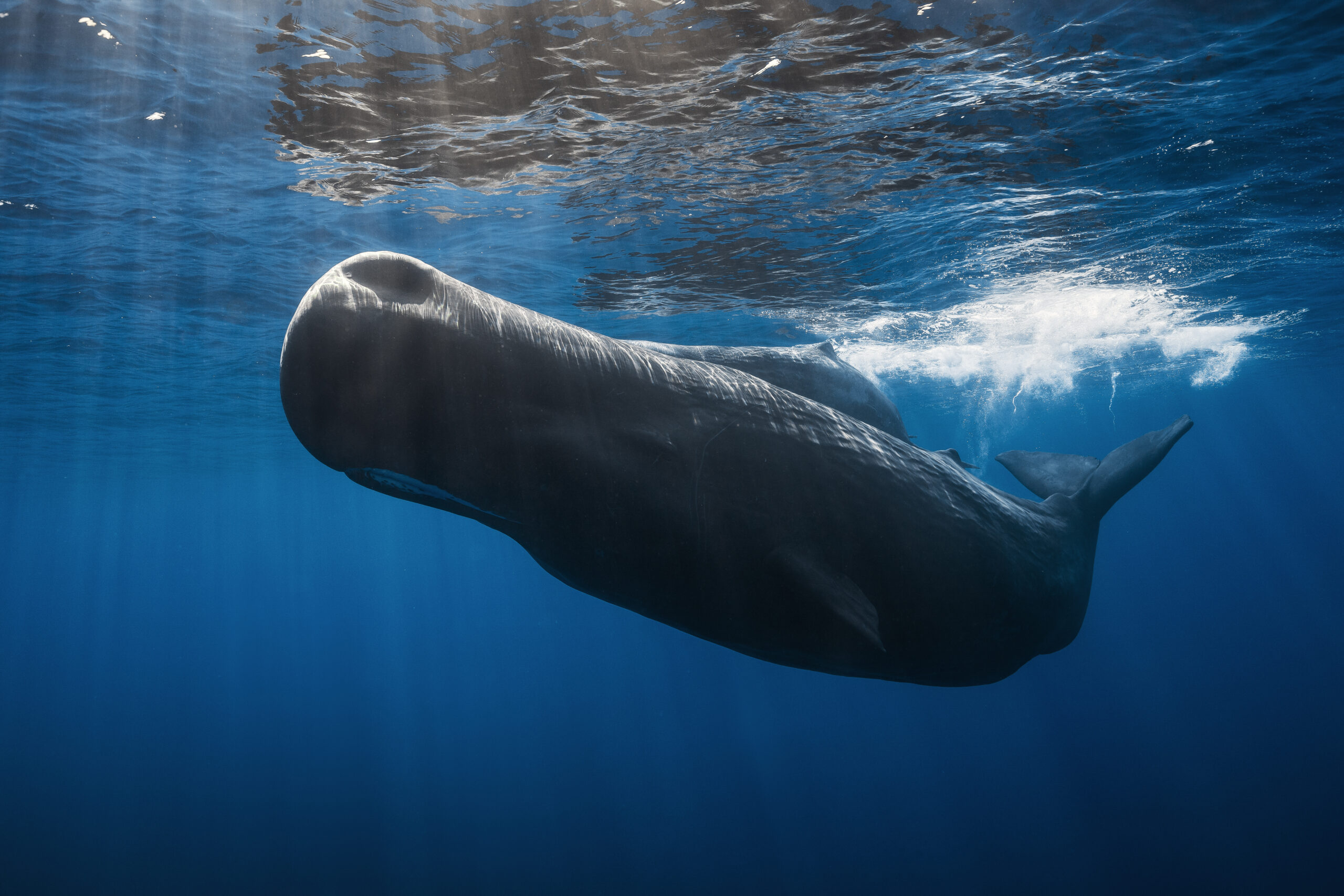
Sperm whales are the largest of the toothed whales and use sonar (echolocation) to hunt prey and to sense the world around them. The sound waves they emit are so powerful that human divers swimming near the whales can feel the pulses. The sound bounces off objects in the water and returns to the whale, whose brain creates an image based on the signals. Sperm whales are among the world’s deepest divers. When hunting squid, a sperm whale may spend as much as an hour on a dive to more than 3,000 feet, where the temperature hovers at 36 degrees Fahrenheit and the pressure is more than 1,400 pounds per square inch.
2. Fin Whale (90 feet)
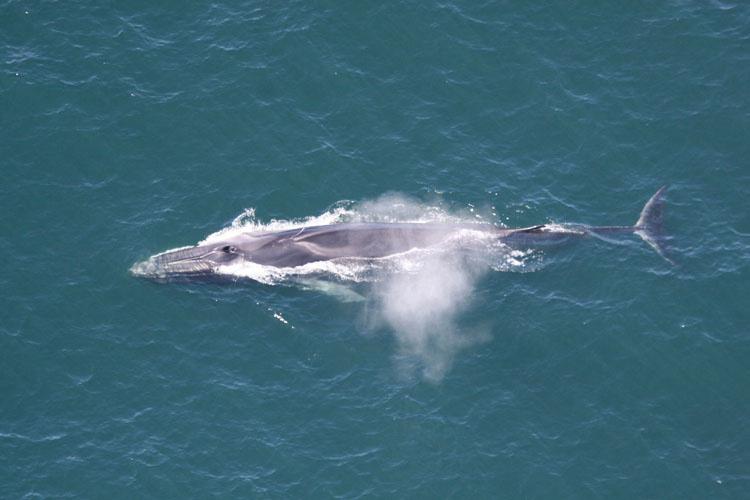
Coming in at second place, the fin whale is the second-largest species on Earth. Fin whales got their name from easy-to-see fins on their backs. Sometimes referred to as the “greyhound of the sea,” the fin whale can swim at astonishing speeds of up to 28 miles per hour. And, with such a large stomach to fill, the fin whale can eat up to 4,400 pounds of krill every day! That’s a lot of krill.
1. Blue Whale (100 feet)
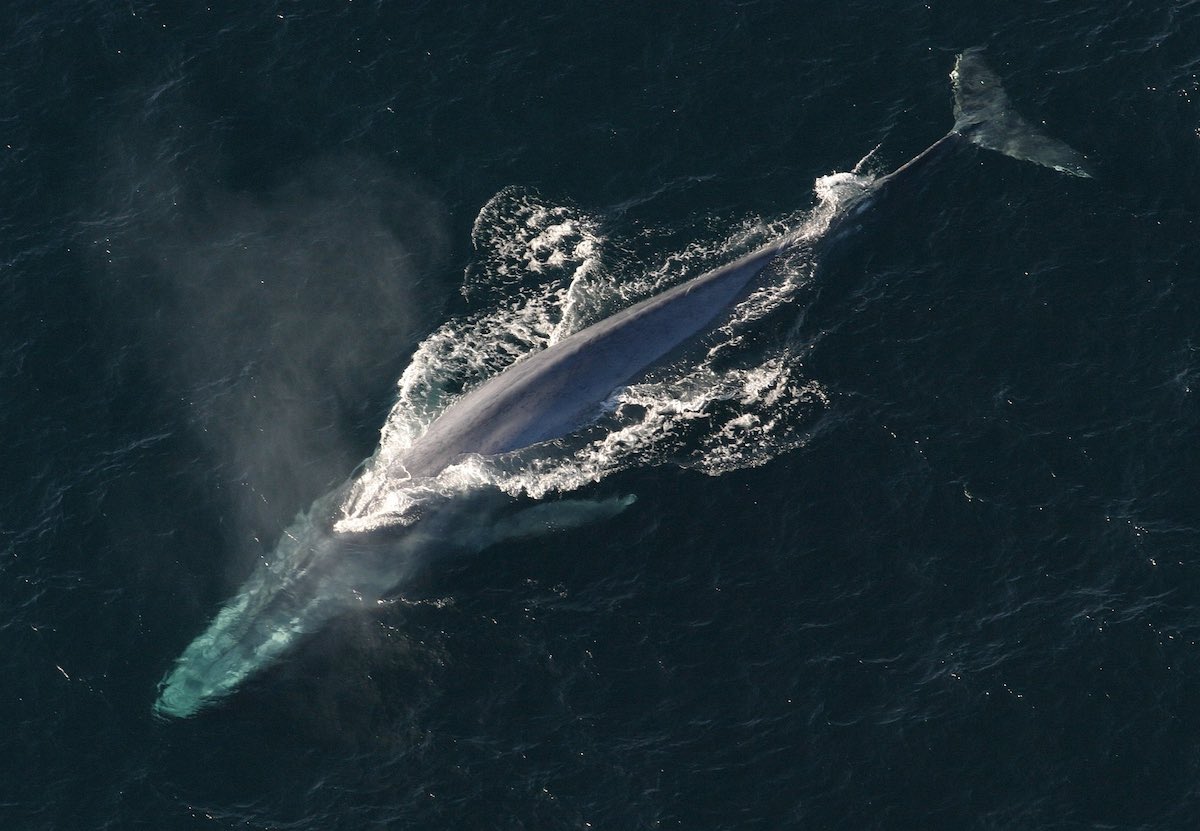
The blue whale is the largest animal that ever lived (yes, including dinosaurs). A blue whale can grow up to 100 feet long and weigh up to 200 tons. Their hearts alone are the size of a small car! Despite their size, they keep their eyes low on the food chain: they eat krill which are small crustaceans that grow to about three inches in size. A blue whale can eat up to four tons of krill in a day.
Whales Need Your Help
Many whale species are endangered—like the blue whale and North Atlantic right whale. Whales are at risk from ship strikes and entanglement in fishing gear. Krill, their prey of choice, is also at risk due to climate change. The good news? Here at Ocean Conservancy, we’re fighting to keep blue whales, as well as other vulnerable ocean animals, safe from these threats.
Consider making a donation to Ocean Conservancy today—give today and make a difference for the future of our ocean!
Learn more about our efforts to reduce and remove ghost fishing gear, support safer shipping methods and address climate change.